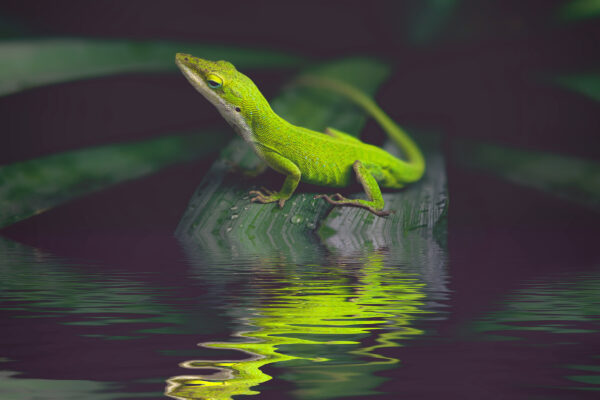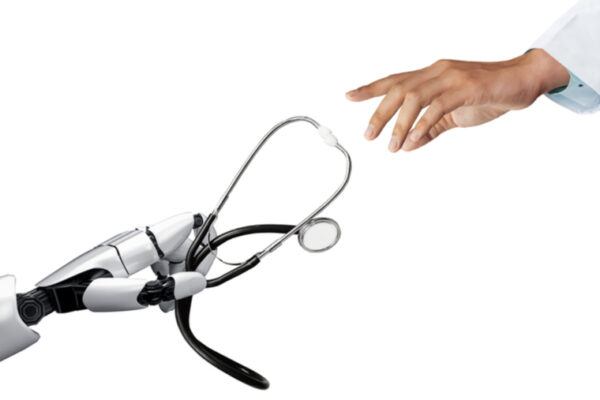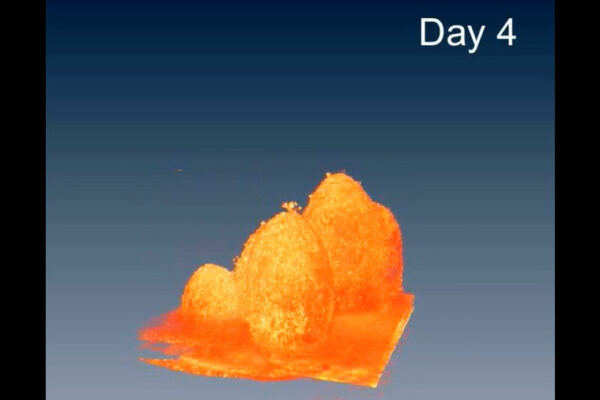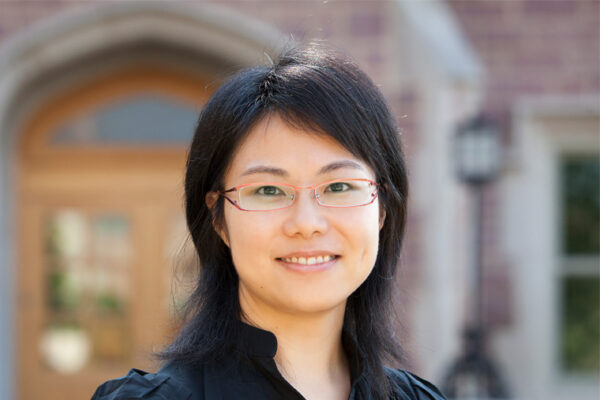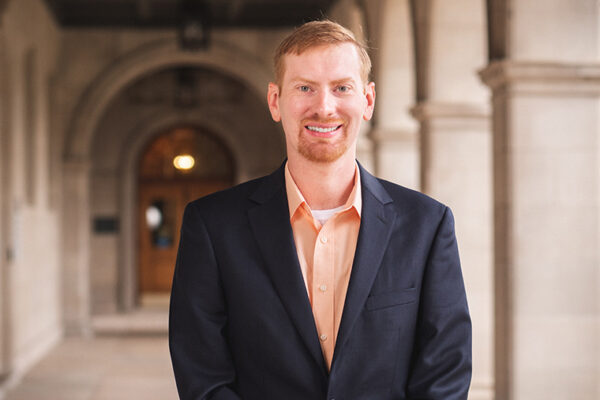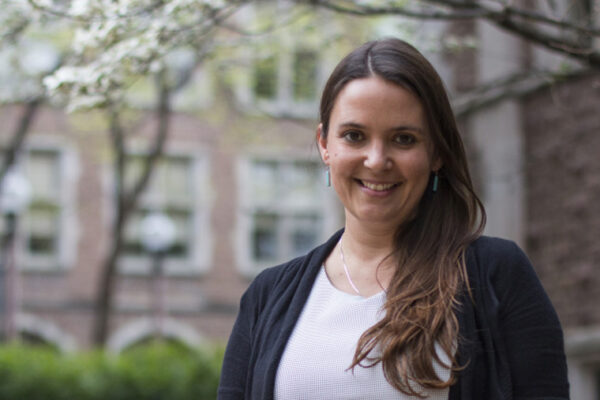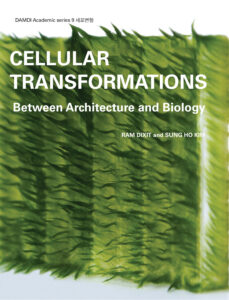Tiny, cheap solution for quantum-secure encryption
Shantanu Chakrabartty at the McKelvey School of Engineering proposes a new kind of encryption to protect data in the age of quantum computers.
How geography plays a role in evolution
Biologist Michael Landis has developed a new method to measure the extent to which regional geographic features — including barriers between regions, like mountains or water — affect local rates of speciation, extinction and dispersal for species. He considered anole lizards as a test case.
Patients want AI, doctors to work together
Interdisciplinary Washington University research finds patients may be OK with artificial intelligence playing a role in medical diagnostics.
Imaging method shows beating, development in human heart model
A research team led by Chao Zhou at the McKelvey School of Engineering has used a safe, noninvasive imaging technique to observe the development of a human heart organoid over 30 days.
IEEE names Zhang a distinguished lecturer
Xuan ‘Silvia’ Zhang, associate professor in the Department
Electrical & Systems Engineering, will present her research to her peers.
Fournier wins molecular spectroscopy award
Joseph A. Fournier, assistant professor of chemistry in Arts & Sciences, is the winner of the 2022 Flygare Award, given biannually by the International Symposium on Molecular Spectroscopy.
Juvenile justice: ‘We are coming up short’
Analyzing data from thousands of young people, Joshua Jackson in Arts & Sciences finds the juvenile justice system is not rehabilitating kids.
APS selects English as fellow
Tammy English, associate professor of psychological and brain sciences in Arts & Sciences, has been named a fellow of the Association for Psychological Science.
Cellular Transformations
Between Architecture And Biology
“Cellular Transformations” presents a course developed for students who are interested in emerging technologies and cross-disciplinary approaches in design strategies. Relying on how advances in engineering and biology are influencing design production and implementation, professors Ram Dixit and Sung Ho Kim at Washington University in St. Louis explore the premise that structure (or form) and […]
Recovering gases from Moon rocks
Led by physicist Alex Meshik in Arts & Sciences, Washington University scientists designed and built the device that NASA is using to extract gases from a lunar sample from the Apollo 17 mission.
Older Stories

